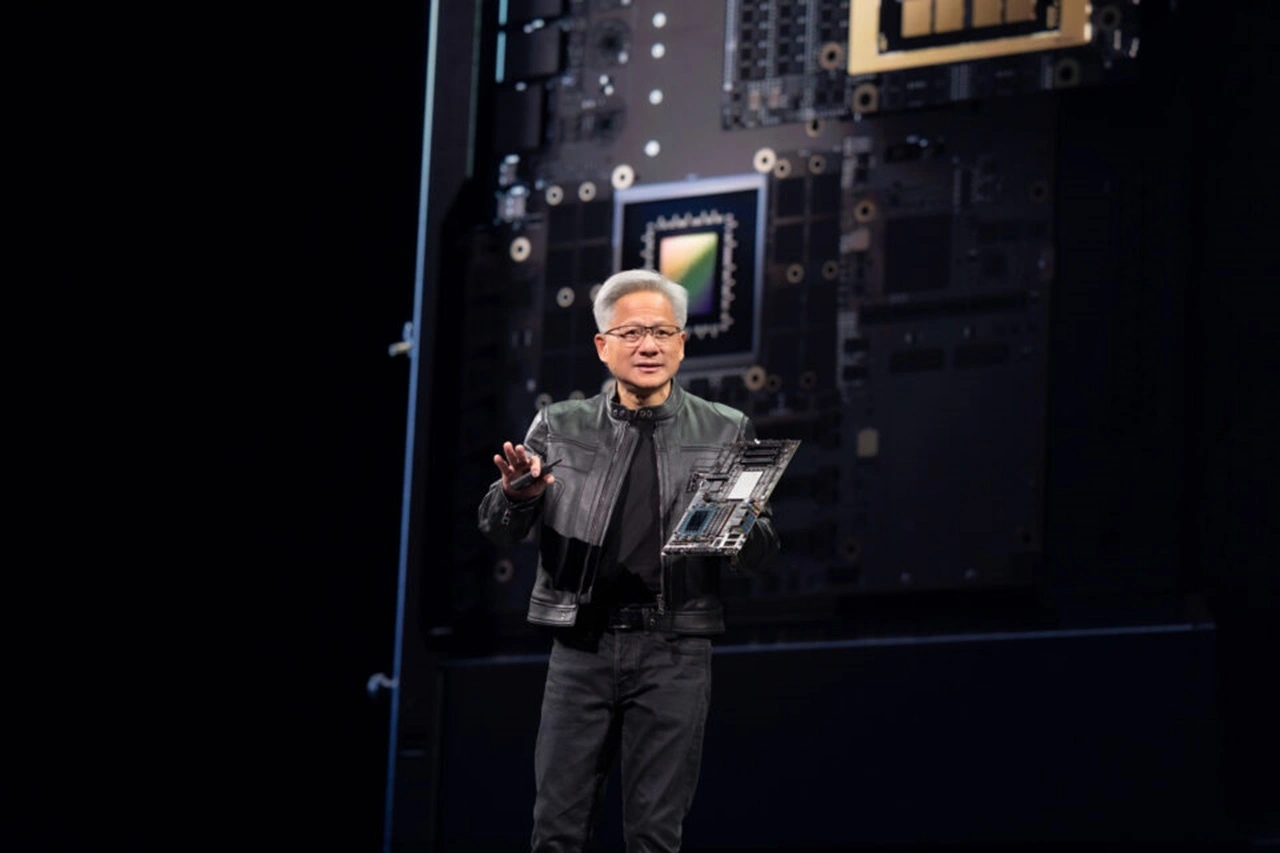Nvidia CEO Huang Unveils Vision for AI-Driven Future: Computex 2025
Nvidia founder and CEO Jensen Huang opened Computex on Monday with a keynote address that delivered his vision for an AI-powered future.
His opener for the annual computing event, underway in Taipei, Taiwan, included announcements covering AI infrastructure, quantum computing, humanoid robotics and boosts to the AI ecosystem.
Nvidia and Foxconn Hon Hai Technology Group have announced an extension of their partnership with the Taiwan government to build an advanced AI factory supercomputer.
The facility would feature 10,000 Nvidia Blackwell GPUs and operated by Foxconn’s subsidiary, Big Innovation Company, an Nvidia Cloud Partner.
Discover all the Nvidia Computex announcements
Bridging the Gap Between Quantum and Artificial General Intelligence: Q&A
While some quantum computing companies push to demonstrate near-term commercial value, Rigetti Computing is taking a different approach. The company has identified specific technical milestones it said must be achieved before quantum systems can deliver meaningful business results, including 99.9% fidelity, 20-nanosecond gate speeds and real-time error correction.
In an interview we conducted at The Economist Commercializing Quantum event, Rigetti CEO Subodh Kulkarni outlined how the company’s novel chiplet-based architecture could help scale systems to 10,000 qubits, while also revealing an intriguing potential role for quantum computing in advancing artificial general intelligence.
Related:Dell Unveils New AI, Cybersecurity Offerings for Businesses
BioTech Company Vows to Transform Drug Discovery with AI
Intrepid Labs, a biotech company using AI and robotics for drug development, has emerged from stealth.
The company, founded in 2023 as a spinoff out of the University of Toronto, closed its seed round with $7 million, led by Avant Bio. This follows a $4 million pre-seed round led by Radical Ventures, with participation from Propagator Ventures.
According to Intrepid, the funds will be used to accelerate development of its technologies, expand its team and scale commercial operations to “keep pace with customer demand.”
In particular, Intrepid will develop its AI-enabled platform Valiant, a robotic lab that uses automation technologies to rapidly analyze drug formulations and select the most promising ones.
American Express: Small Businesses Split on AI Adoption
American Express has released its latest Trendex: Small Business Edition, which found that while businesses see AI as a necessary tool for growth, many question its value and security remains a key concern for non-users.
Related:Quantum AI Model Targets Accelerated Drug Discovery Process
The report surveyed 1,000 small businesses in the U.S., and found that more than nine in 10 (92%) expect their customer base to change this year, with 75% believing that the change will be more prominent in 2025 than in previous years.
The respondents also said they’re prioritizing this change in strategy, using AI to meet shifting customer demands.
“Five years since the COVID-19 pandemic forced small businesses to pivot, they are embracing a change mindset and customer-first innovation to drive growth,” said Ro Gutierrez, Senior Vice President and Head of Small Business Products at AmEx.
Penske Trucks Upgrades AI Engine for Fleet Management
Penske Truck Leasing has announced the latest evolution of its proprietary AI platform, Catalyst AI, to further advance its commercial fleet management.
Built in-house, the upgraded system is powered by more than 100 billion data points and supported by more than 300 real-time models to enable more rapid, high quality fleet insights.
According to Penske, the updated platform reflects a significant leap forward in how fleet data is used, from individual vehicle analysis to entire hub operations.
“The new release marks a next chapter for Catalyst AI — one that makes complex data more usable, more scalable and more actionable,” said Art Vallely, Penske’s president in the announcement. “We’ve enhanced the platform’s ability to surface trends, benchmark at the vehicle level, and identify meaningful outliers across fleets and facilities.”










